
Danielle Smith says separation is about alienation. It’s really about oil
The Alberta premier’s separation rhetoric has been driven by the oil- and secession- focused Free...
Note: This story discusses mental health and suicide. If you or someone you know needs help, there’s 24/7 phone support available with Talk Suicide Canada: 1-833-456-4566, or text 45645 for help between 4 p.m. and midnight ET. Additional mental health services can be found here.
In June, as the winds howled through the largest wildfire in British Columbia’s history, 50-foot-tall spruce trees, burnt and blackened from the flames, came crashing down within metres of Rose Velisek.
Velisek, a third-year wildland firefighter with the BC Wildfire Service, was told by a superior to “keep her head up … but keep working, keep hosing down the fire,” so she swallowed her fear and did as she was instructed.
“There’s this sense of pressure and anxiety towards getting the job done,” Velisek says. “It doesn’t matter if your safety is going to be compromised, you still gotta be out there doing it.”
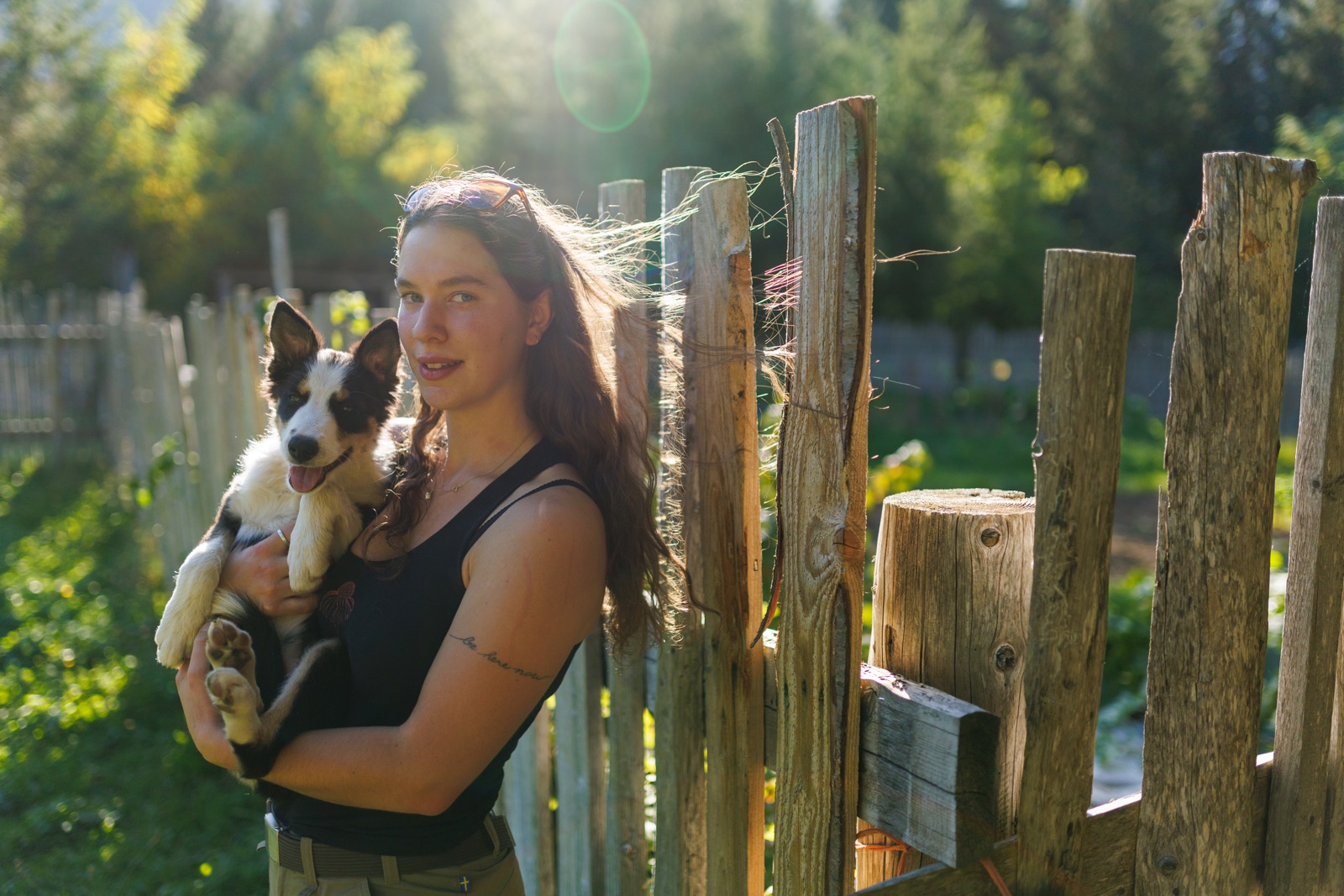
The day left her uneasy — a feeling that would grow over the next two months, as her crew worked 16-hour days on back-to-back deployments on three major wildfires in northern B.C.
It would soon be described as Canada’s worst wildfire season in recent years, a new trend as climate change drives wildfires to be more intense and more frequent. But Western Canada’s wildland firefighters say they’re struggling to cope with another out-of-control inferno: a crisis of burnout and post-traumatic stress syndrome, driven by extreme working conditions, low pay, high turnover and — in Alberta — government cutbacks.
The BC Wildfire Service says it’s working hard to improve the culture of wildfire fighting, to ensure safety is a priority. Meanwhile, firefighters in Alberta say they’re being pushed to new extremes, both by the intensity of the work and the length of their shifts.
The Narwhal spoke with 18 current and former wildland firefighters, who in total have more than 160 seasons of frontline wildfire experience. Many asked to keep their names confidential because they were not authorized to speak to media and feared losing their jobs or contracts. All spoke of the extreme physical and mental toll of the job.
That toll is largely not quantified, according to Nicola Cherry, an occupational epidemiologist and professor in the department of medicine at the University of Alberta.
“We know very little indeed about what happens to wildland firefighters over many years of working on fires — what effect that has on their long-term health,” she says. “There’s really no data in Canada about the effects.”

The physical and mental challenges of the job first inspired Velisek to take to the line of duty as a wildland firefighter in 2021. The daughter of a logger who used horses instead of heavy machinery, she grew up on her family’s farm in Slocan Valley, B.C., and is “no stranger to hard labour.”
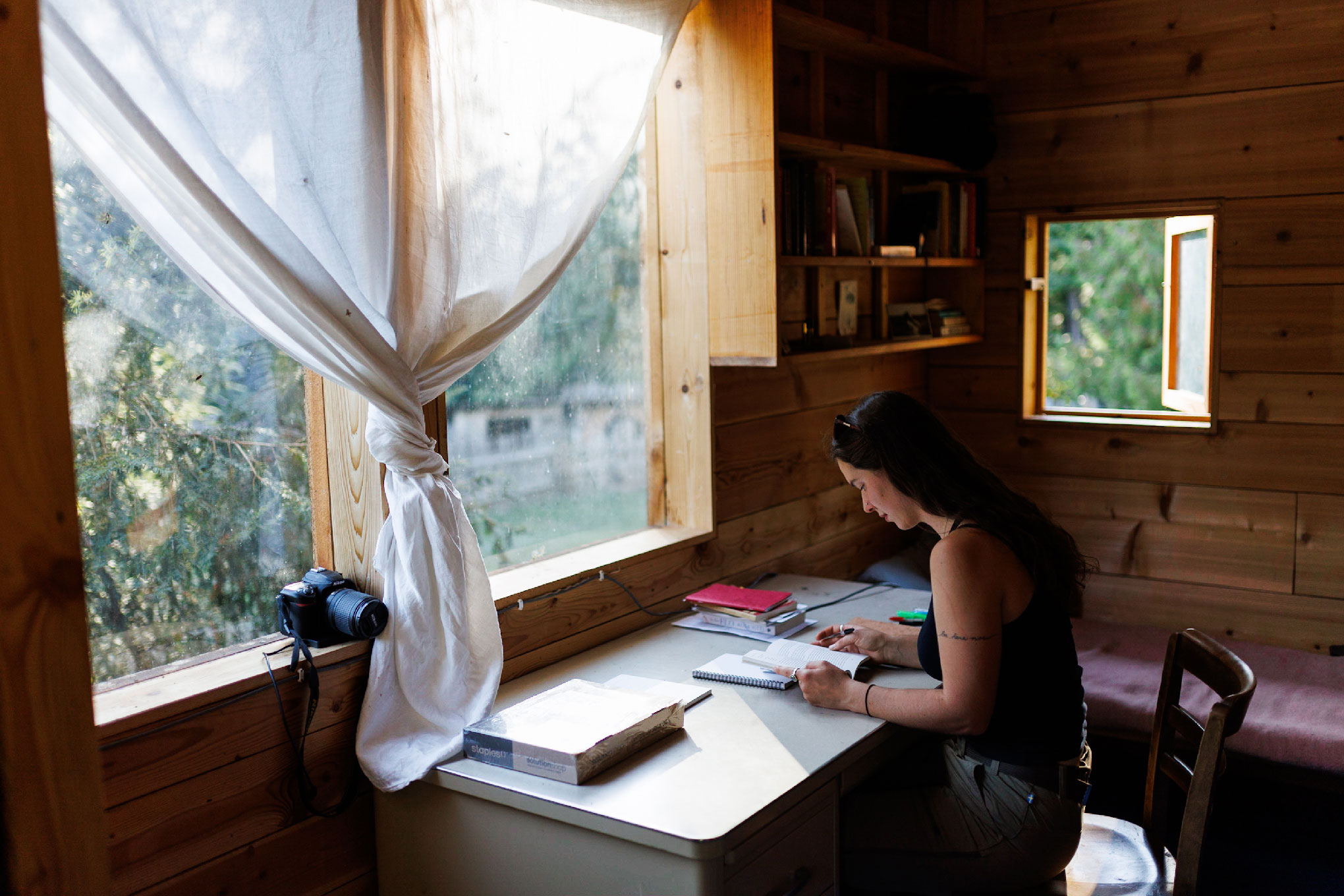
Wildland firefighters often carry more than half their body weight in gear — hose packs, water pumps, chainsaws and Pulaskis — through muskeg and forests and up mountain slopes, where they face intense heat and “eat smoke” to extinguish wildfires.
“You’re pushed to your limits,” Velisek says. But born from the experience, there’s also a “deep sense of camaraderie, almost like a family relationship” that develops among crew members, she adds, which is what pulls many back to the fire line year after year.
Yet when fires exploded in Western Canada this May, B.C. and Alberta wildfire services scrambled to find enough firefighters, equipment and gear.
Alberta Wildfire said it “exhausted all resources” before importing 4,000 firefighters from seven countries, including the U.S., Mexico, South Africa and New Zealand, to aid in the efforts.
BC Wildfire needed more than 3,000 firefighters from around the world, almost twice its usual workforce.
“They were ill-prepared,” Velisek says. “A lot of us felt that way. They should have that awareness by now that seasons are going to be incredibly busy, longer and things are going to get worse.”
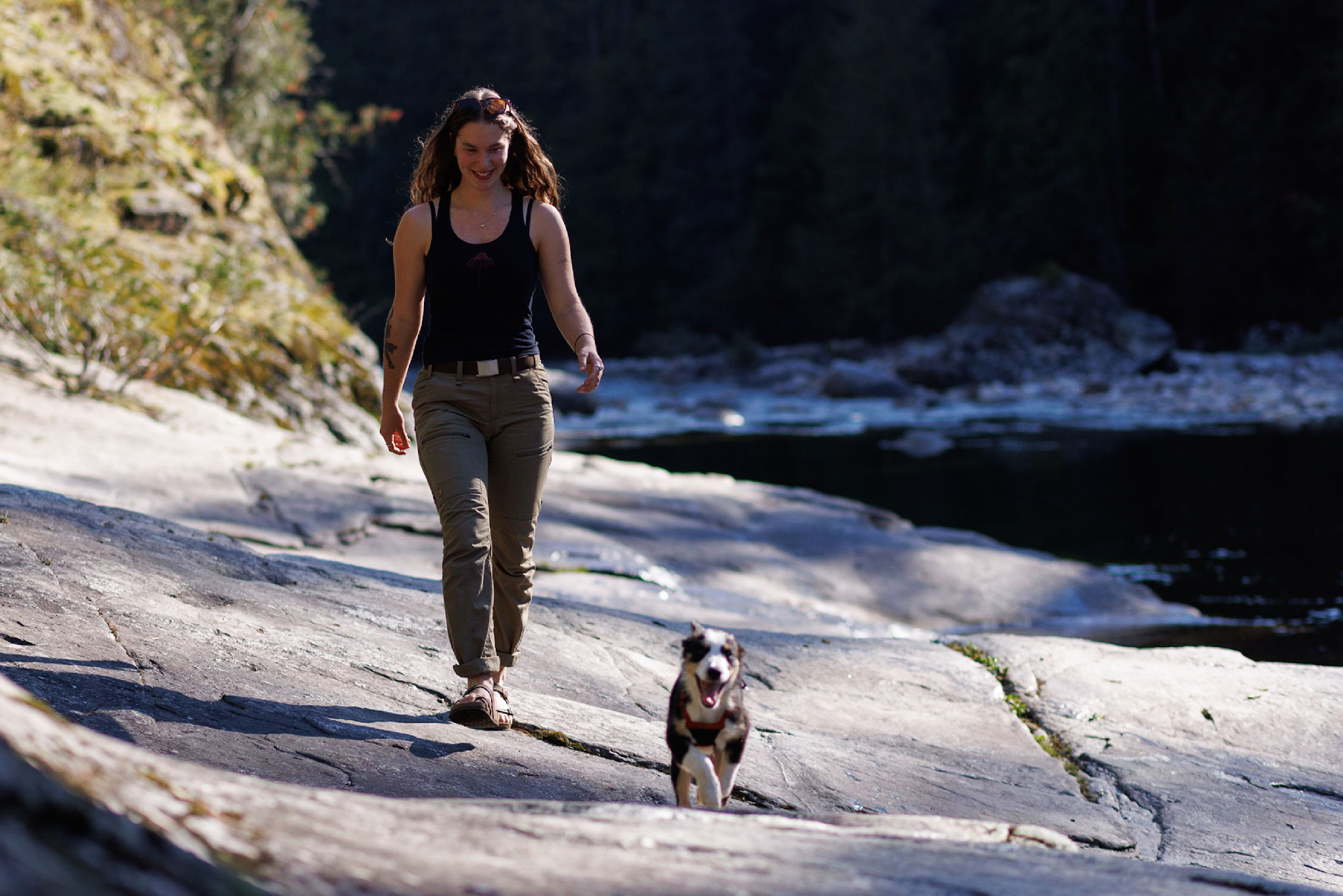
Given these challenges, Velisek and many others felt an impending sense of dread.
“I felt so unprepared because the fire season usually starts in June — the fire season hadn’t even peaked yet,” she says.
Velisek’s crew was working on the Stoddart Creek fire northwest of Fort St. John, B.C., when it got the call about being relocated farther north to the Donnie Creek Fire, which would become the largest fire ever recorded in the province. The crew implemented a back-burn that evening on the Stoddart — a technique that creates a belt fire has difficulty crossing — and raced to get ready to depart the following morning. “I think most of us got only four hours of sleep,” she recalls. “Everyone was a bit delirious.”
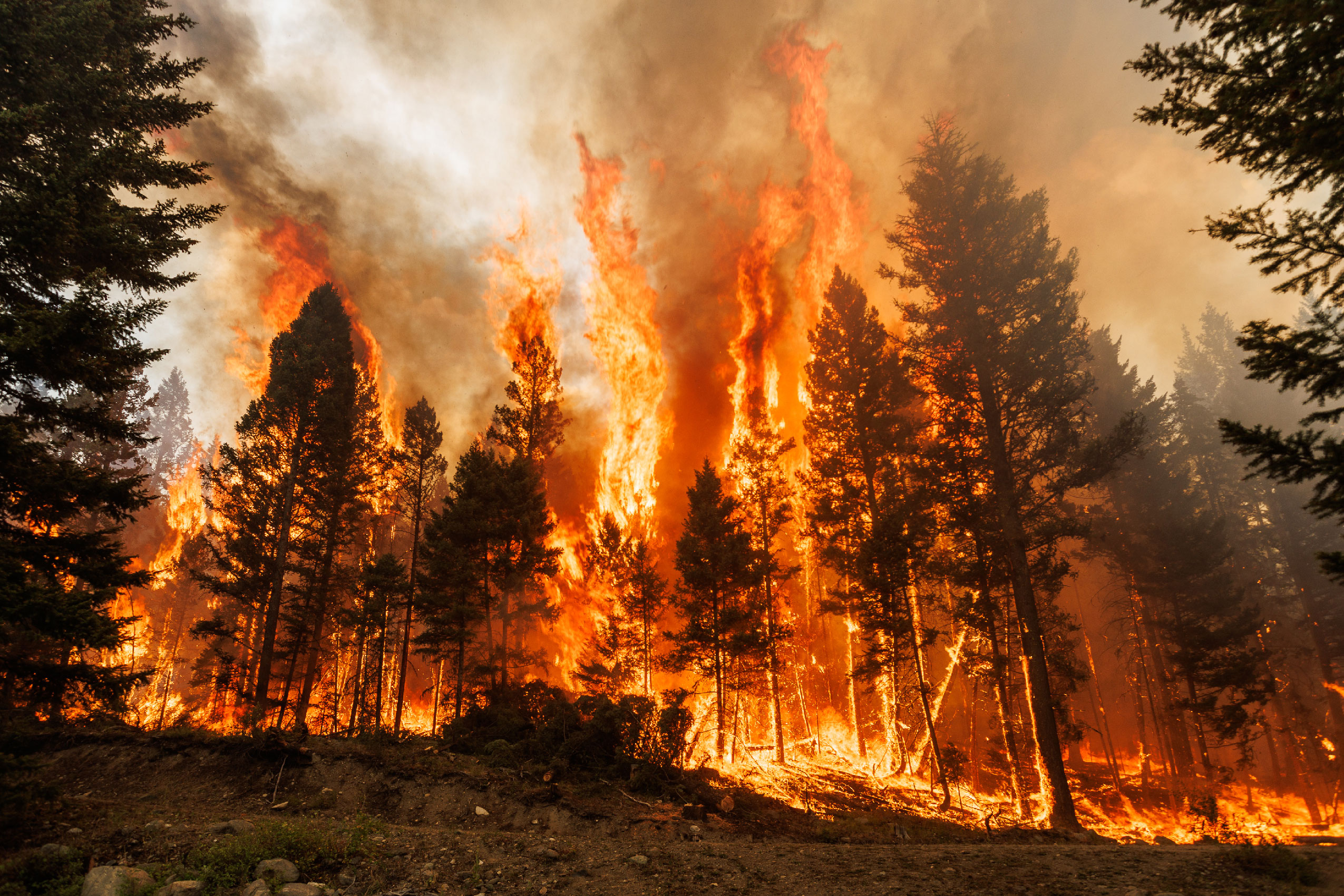
En route to the fire camp, thick, smoke-infused fog rolled across the highway and the crew, convoying in separate vehicles, crashed in a three-truck pile up. Velisek was airlifted to Fort St. John where doctors told her she had a concussion and whiplash. She was given two weeks off to rest, but decided to rush back, she says, anxious to help her crew.
The injury wore on Velisek and the fires didn’t let up. By early July, the crew was pulling 16-hour shifts and arriving back at camp at midnight.
“It felt like we’re treated like machines instead of human beings,” she says.
Then, in July, Velisek received the devastating news that Devyn Gale, a 19-year-old firefighter from Revelstoke, B.C., had been killed by a falling tree. The news hammered home the risks she’d seen firsthand, including when those burned spruce trees had fallen so close to her just weeks before.
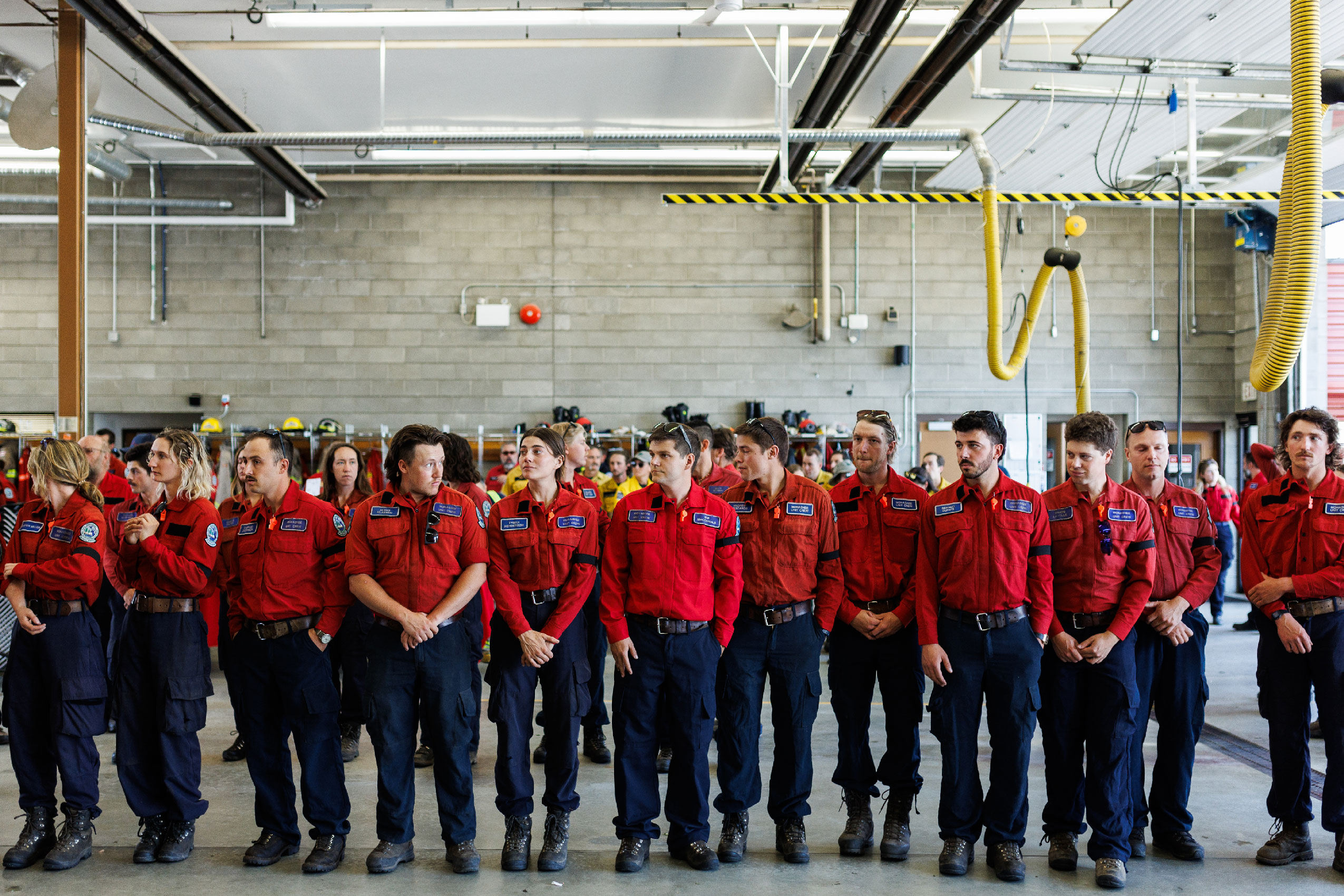
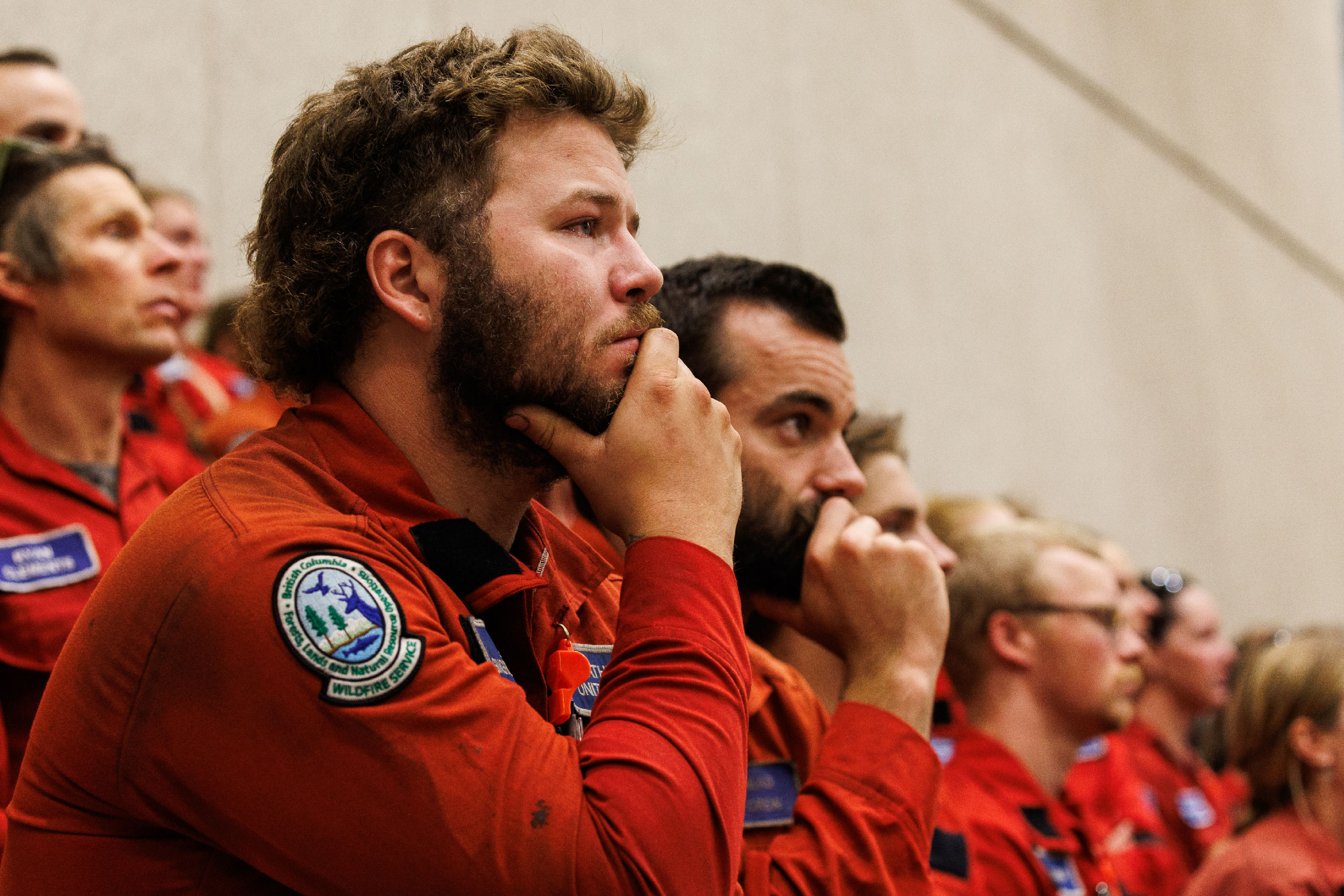
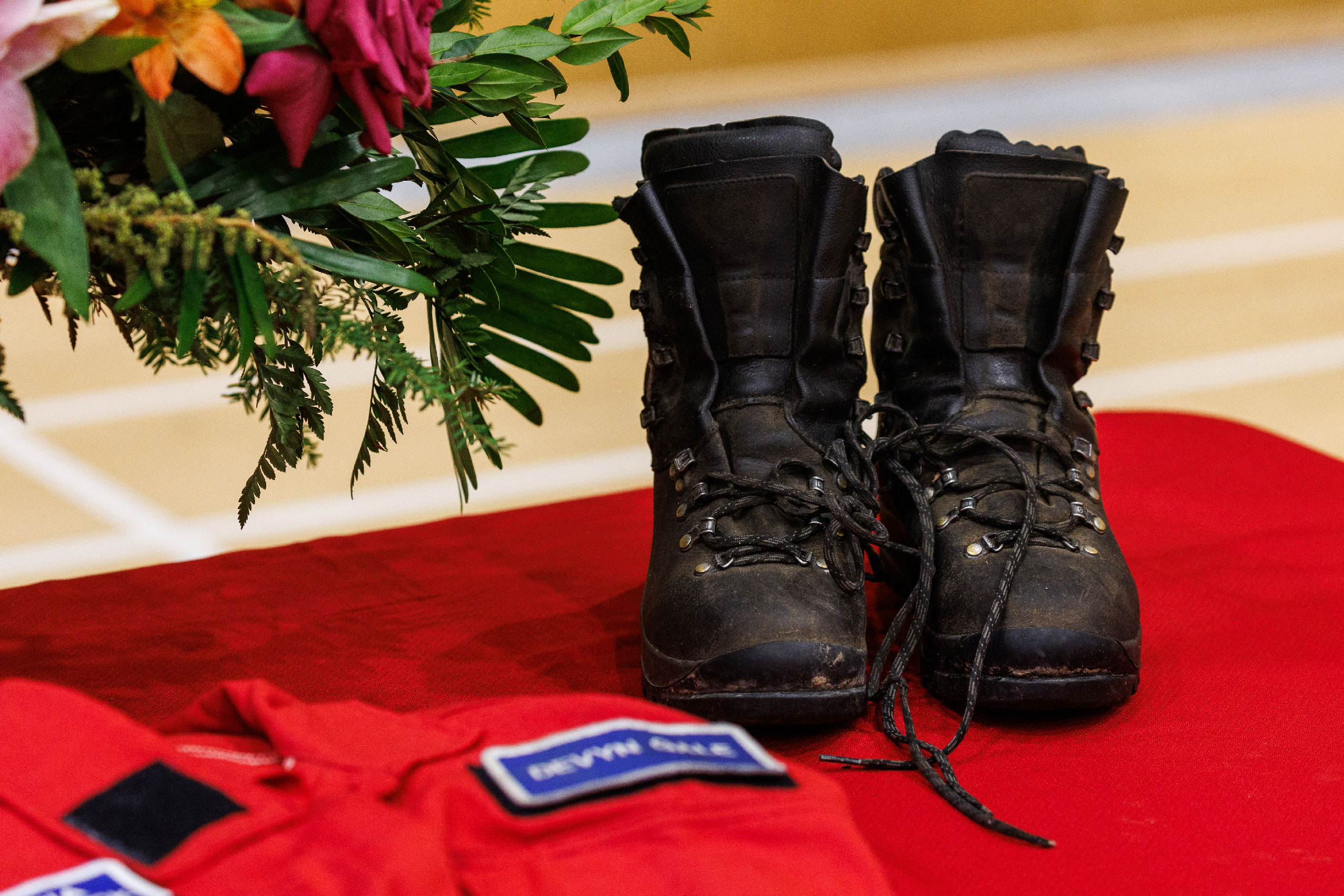
Days later, 25-year-old Adam Yeadon, a wildland firefighter from the Northwest Territories, was fatally struck by a tree near his community of Fort Liard. Then came word that 41-year old Ryan Gould, a helicopter pilot, crashed while fighting a fire in northwestern Alberta. In late July, 25-year-old Zak Muise, a firefighter from Ontario, was killed when his all-terrain vehicle rolled off a steep drop near the Donnie Creek fire.
Four of Velisek’s peers had died within the span of two weeks. “I remembered thinking, if this isn’t a wake up call to BC Wildfire, I don’t know what is,” she says.
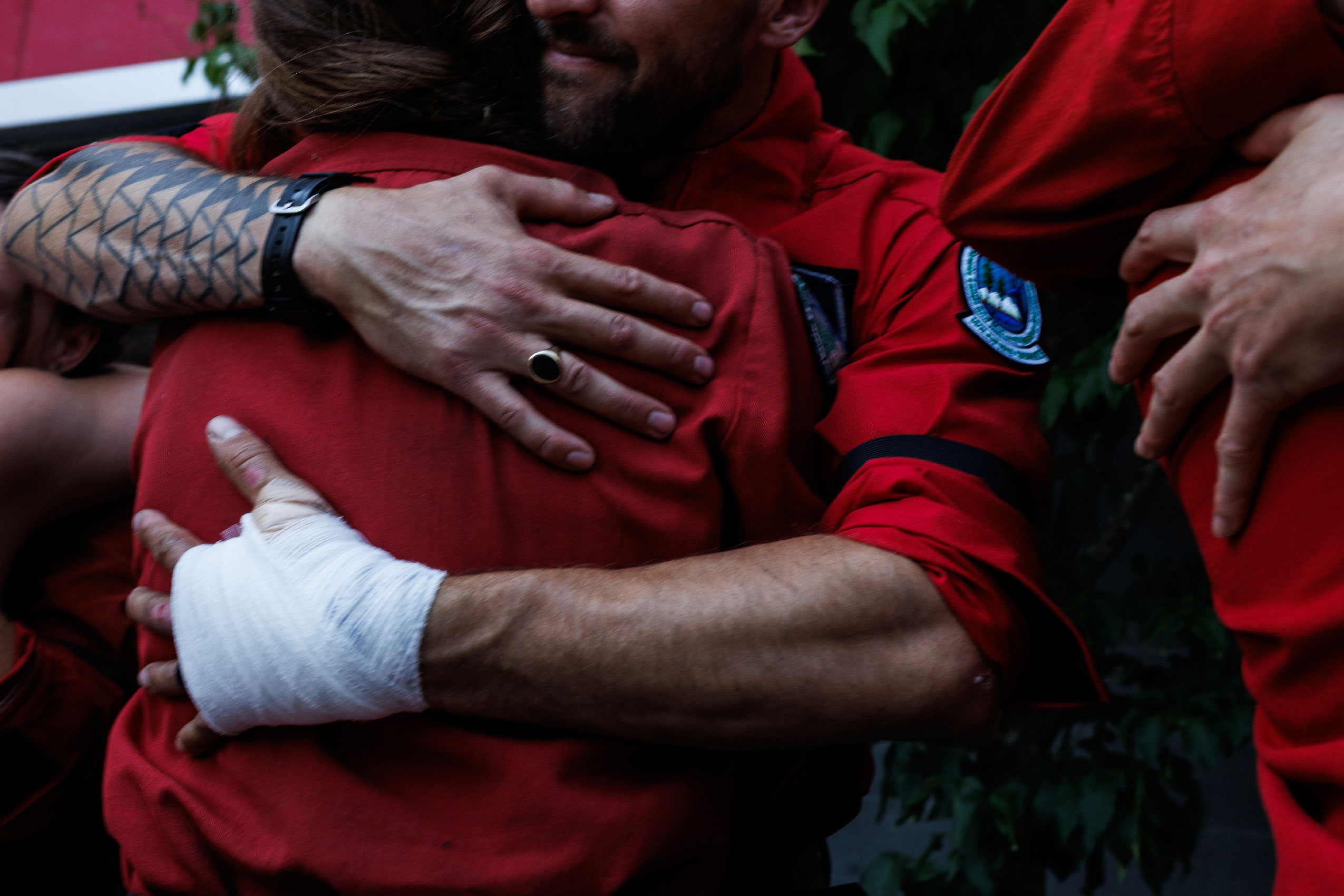
On Sept. 20, tragedy struck again, when four contract firefighters were killed in a head-on collision with a transport truck on their way home from a deployment near Vanderhoof, B.C. In a statement, RCMP said investigators believe the collision occurred near Cache Creek at about 2 a.m., after a Ford F-350 failed to navigate a bend in the road and crossed the centre line.
B.C. Premier David Eby and Bruce Ralston, minister of forests, released a joint statement the morning after the deaths.
“Our hearts are broken by news of the death of four wildfire fighters who were travelling home after a tour of duty,” the statement read. “This is devastating news in what has been an immensely difficult wildfire season. We stand with wildfire fighters and all BC Wildfire Service personnel as they mourn the death of colleagues and co-workers yet again.”
In September, the union representing B.C. wildland firefighters published an open letter calling on the provincial government to address the “crisis” causing significant safety risks on the fireline. “[Wildland firefighters] are putting their lives on the line to protect our communities from devastating fires,” the letter reads. “But they are doing it for the low wage of around $26 to $29 per hour.”
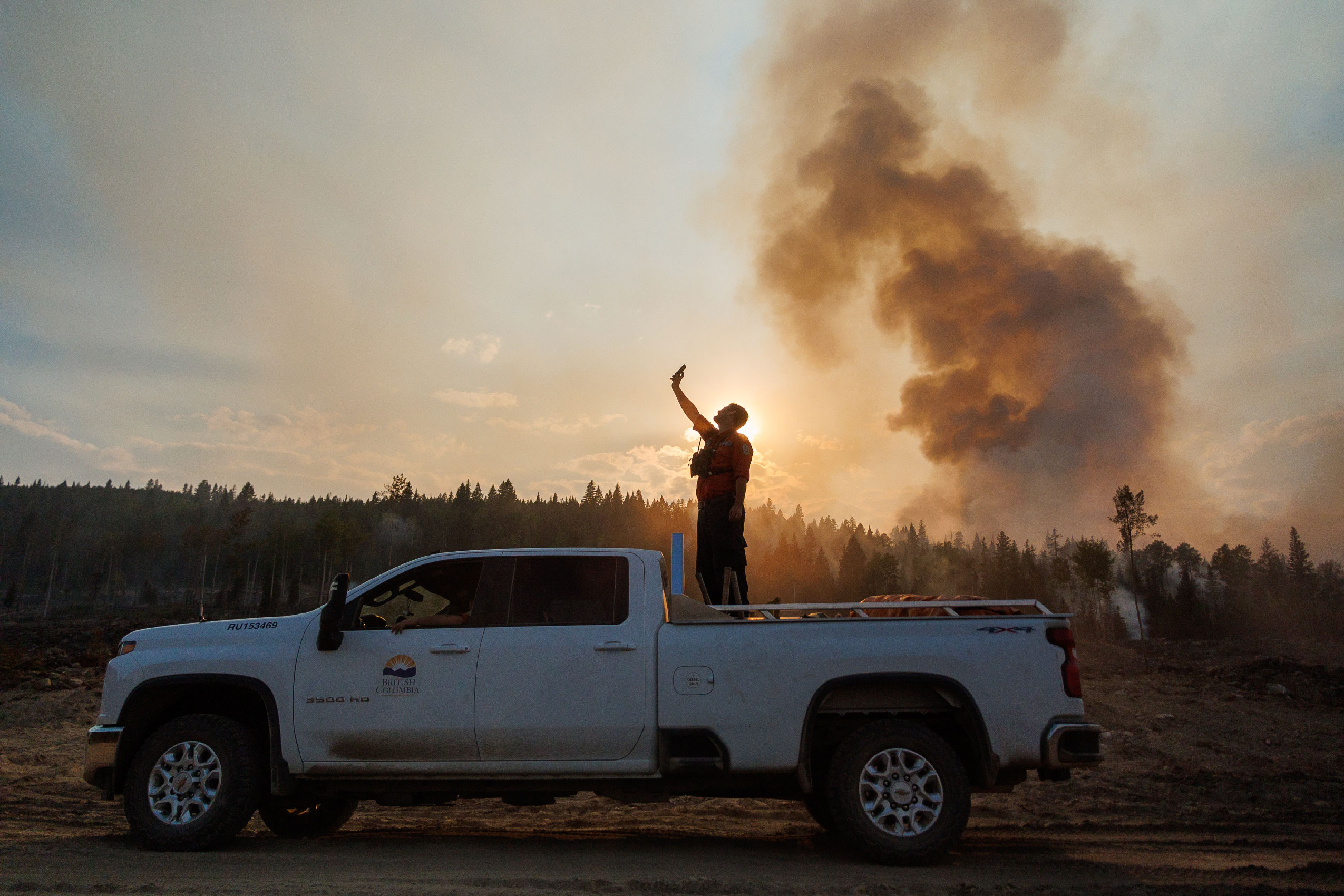
Wildland firefighters whom The Narwhal spoke with said it time and time again: high turnover contributes to a lack of experience, pushing crews into increasingly dangerous situations. This ratchets up the risk: veteran firefighters say less-experienced crews require closer supervision, which in turn drives fatigue and burnout, increasing the risks of post-traumatic stress disorder (PTSD) among both veteran and rookie firefighters.
BC Wildfire says it had 1,350 crew-level firefighters this year, roughly 25 per cent of which were new hires. The service says an average of 217 people have chosen not to come back to their jobs each year for the past seven years (which includes the four worst fire seasons on record). This year there were 339 new firefighters hired from a pool of 836 applicants. In recent years, annual applications have hovered around 1,000, the service says, a decline from the late 1990s and early 2000s.
In December 2022, firefighter recruitment, training and turnover landed on BC Forestry Minister Bruce Ralston’s desk, with his mandate letter from Premier David Eby highlighting the issue as a priority for improvement.
“Over the remaining period of this mandate I expect you to prioritize making progress on … options to improve training, retention and recruitment in BC Wildfire Service,” Eby wrote.
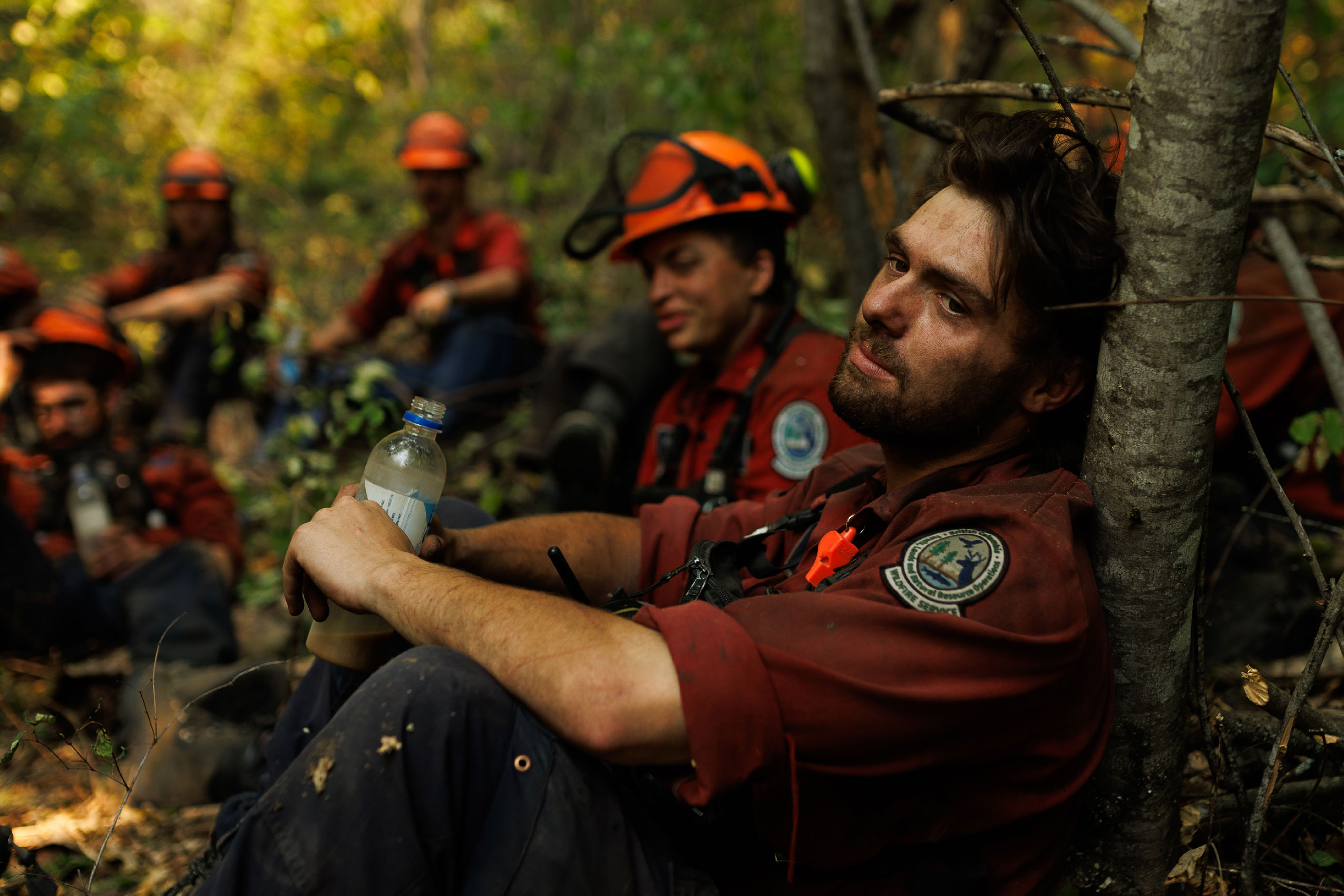
The service is dealing with the impact of a tight labour market, David Greer, director of strategic engagement with BC Wildfire, says. Layer on the impacts of longer, more extreme fire seasons, and the job becomes one that fewer and fewer people want to do, he adds.
While sources say Alberta is facing a similar recruitment crisis, Melissa Story, community relations co-ordinator with Alberta Wildfire, told The Narwhal the annual retention rate for firefighters in Alberta is “roughly 70 per cent” and the average firefighter has 3.5 years of experience on the frontlines.
“Obviously, we would like to see that number be higher, but it’s pretty sufficient for what we see here in the province,” Story says.
However, veteran firefighters The Narwhal spoke with throughout the summer describe turnover on some frontline crews in both Alberta and B.C. approaching 50 per cent or higher.
“I’m dealing with an army of rookies,” a crew leader who’s worked eight seasons with BC Wildfire told The Narwhal. “They’re kids. They’re not ready for this.”
As wildfire crews face unprecedented pressures, a larger crisis looms: climate change is making fires more frequent and more intense, and the nature of the work itself harder.
“Wildland firefighting is a grind,” Harold Larson, a former wildland firefighter who fought more than 300 wildfires in his 20-year career in Alberta, B.C. and Australia, tells The Narwhal. “You’re wearing yourself down physically, but also mentally because you’re trying to fight this giant opponent that doesn’t seem to stop.”
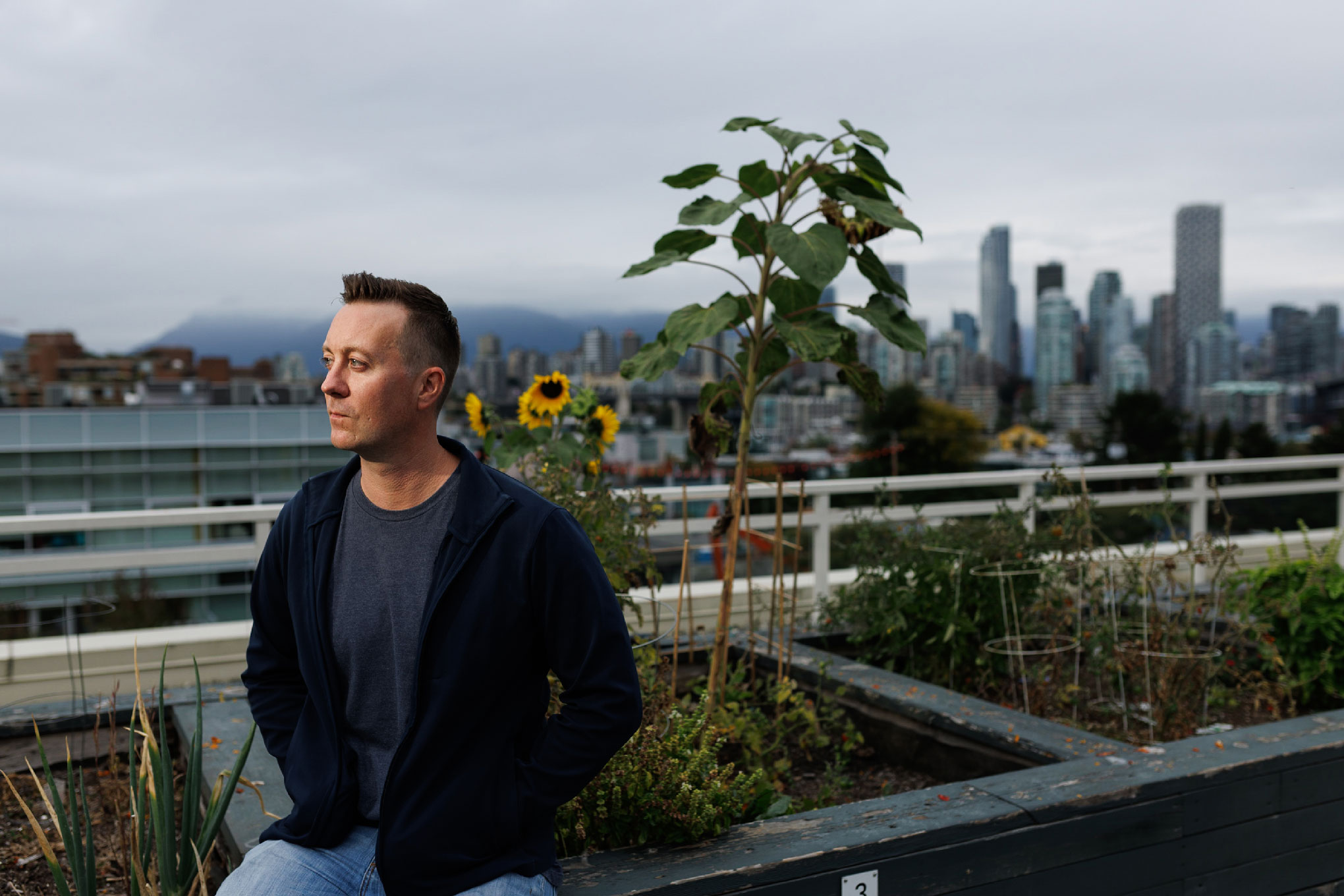
In 2016, the year a wildfire destroyed a large portion of Fort McMurray, Alta., Larson and his crew worked 16-hour days for 52 days out of 57. At the end of one 15-day shift in that stretch, his supervisor told him they’d been extended to work another nine days, without a break. Larson refused, citing crew exhaustion, which poses serious risks.
“Pushing a crew that’s already run down is only going to lead to disaster,” he says.
Larson has witnessed huge losses over his career as a wildland firefighter. In 2009, he was in Australia on the frontlines of the deadly Black Saturday bushfires that killed 173 people and burned more than 2,000 homes.
“It was a very scary and life-altering moment for me,” he says. “I wish at that time there was a debriefing system in place, but it was just, ‘go home, get eight hours of sleep and get back to work the next day.’ No one really talked about it, so it was something I had to push away for years.”
Like many wildland firefighters, Larson left BC Wildfire in 2019 to work for a municipal fire department that offered better pay, a more robust pension, a stable work schedule and better health benefits, in particular, mental health support.
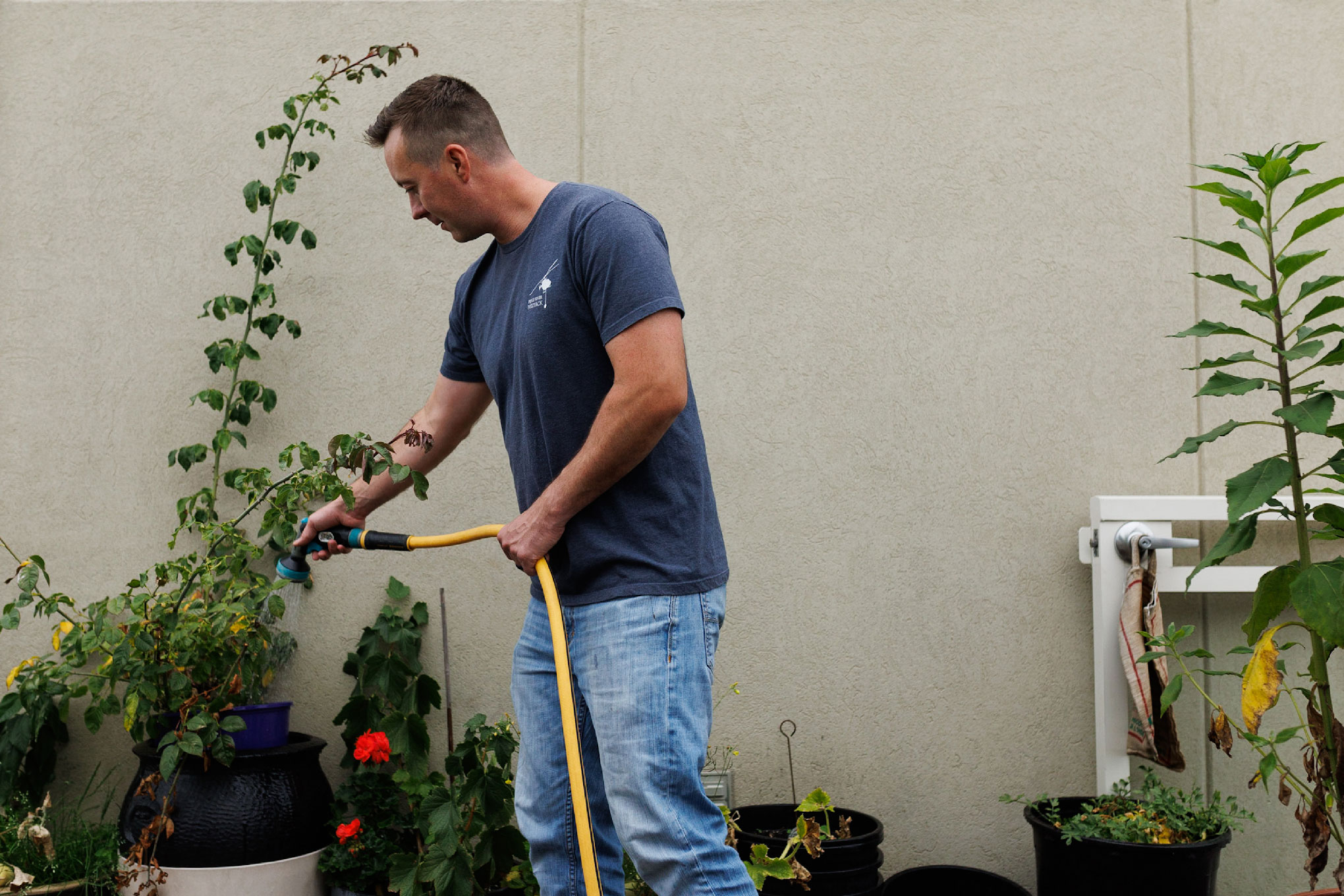
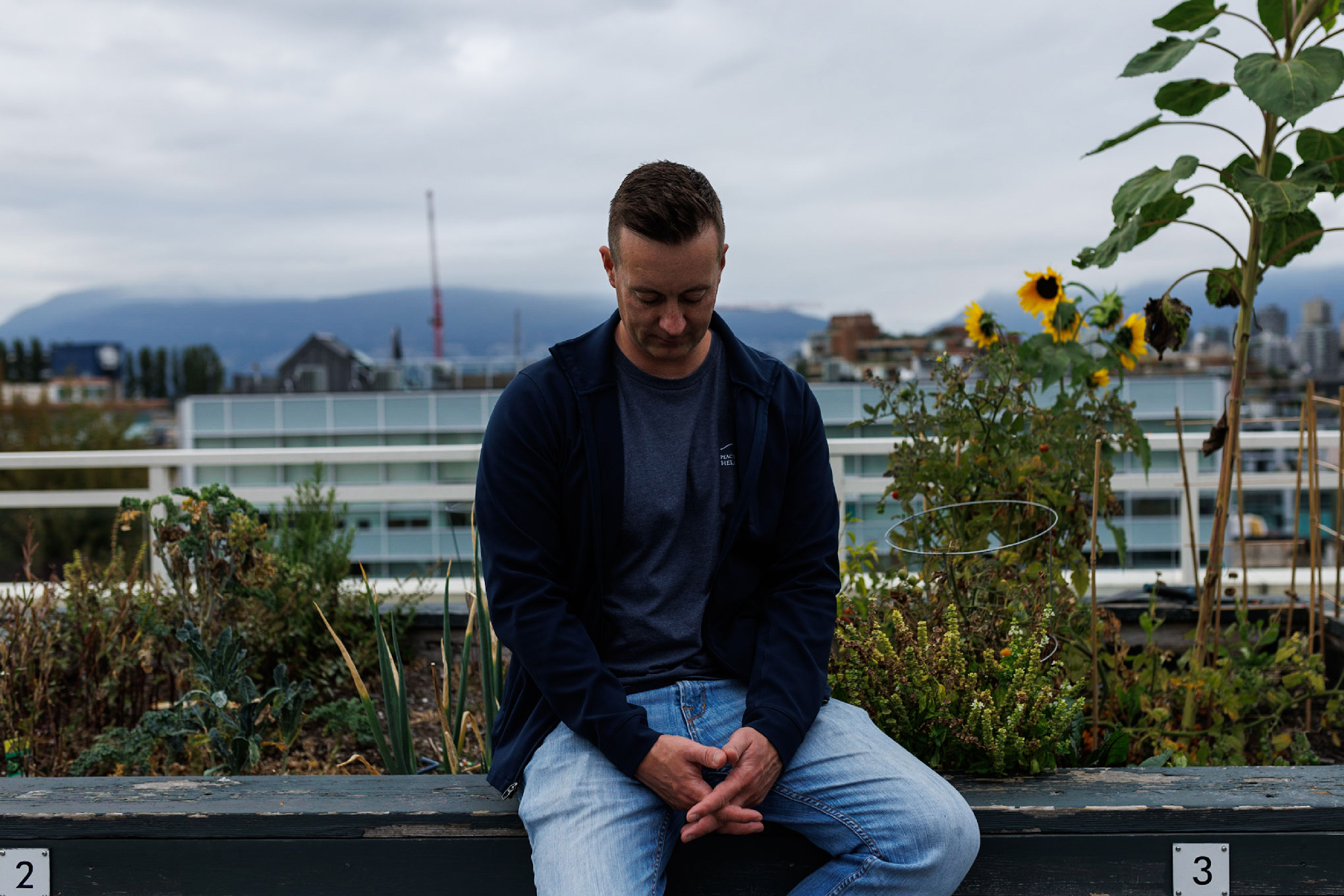
Through counselling services offered by his new job, Larson began to unpack the accumulated trauma from 20 years as a wildland firefighter. He realized that he couldn’t spend time hiking or camping without his mind immediately searching for escape routes or wondering “what is this going to look like when it burns?”
Mental health services for wildland firefighters should be a priority, not only to address specific traumatic incidents, but also to address cumulative fatigue and trauma, he says. So should ensuring people get adequate rest between shifts.
“What would have kept me, to make it a career, is benefits, a pension and sick days,” Larson says. “I didn’t leave wildfire because I didn’t like it. I left it because I wanted a different life.”
Over his 20-year career, Larson has lost four colleagues related to wildfire. While one of those deaths occurred directly on the fireline, two were a result of suicide and another was related to substance abuse.
Preliminary research in the U.S. found wildland firefighters face higher rates of substance use and suicide than the general population.
There’s no data on the link between wildland firefighters and suicide in Canada, but veteran wildland firefighters have seen firsthand the link between the stress of the job and suicide.
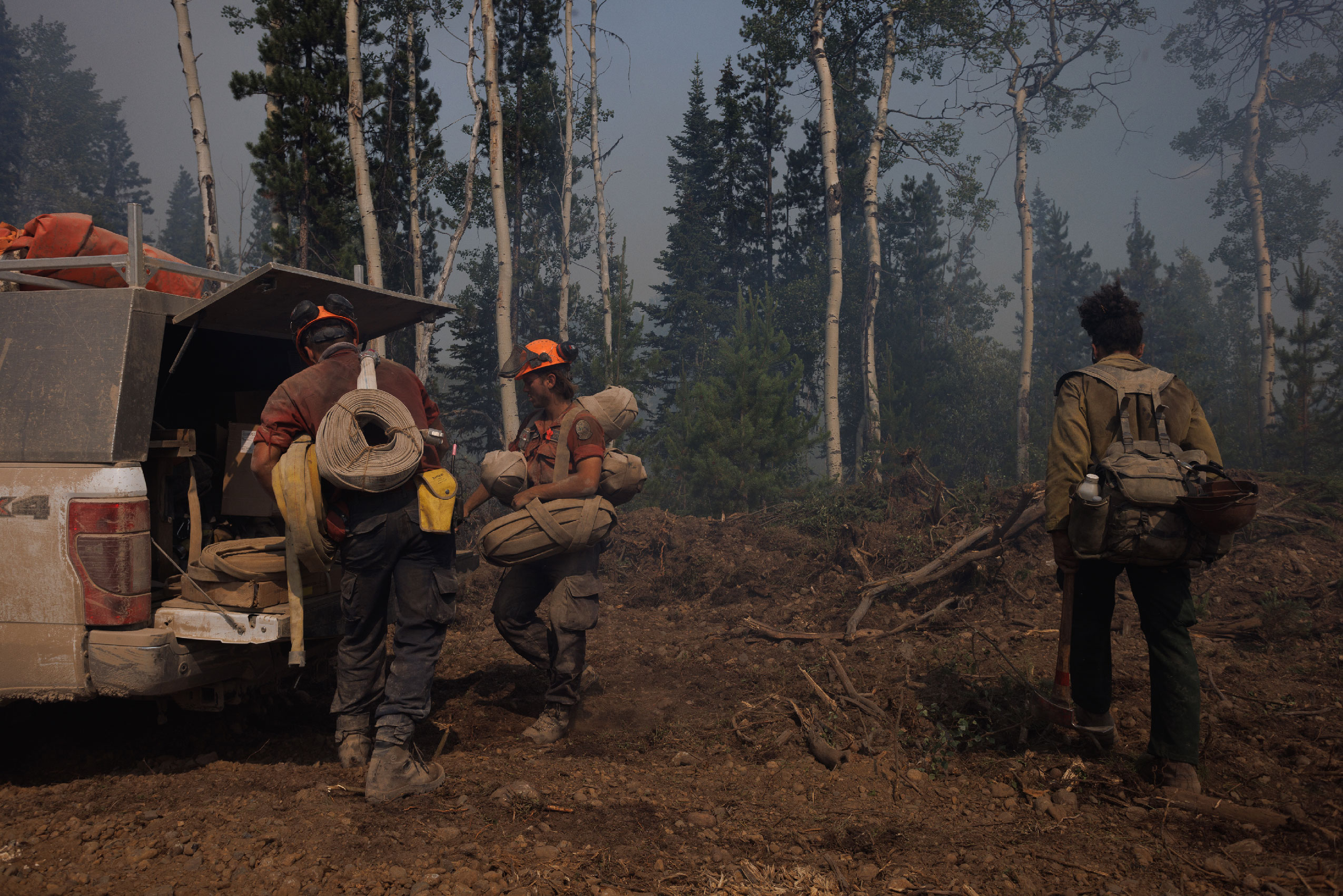
Joe Gilchrist, an Indigenous fire specialist, started his firefighting career when he was 15 and worked for 17 years with BC Wildfire. He points to the prevalence of accumulated fatigue syndrome. On the line, crews must be hyper vigilant of weather, fire behaviour, dangerous trees and exit routes. Even when they’re not working, crews are on standby, constantly checking their devices and waiting to get called back out.
“That alert level is really hard, after many days and nights of fighting fires,” Gilchrist says. “It gets to you over a long time, especially if you don’t get the proper rest for the winter — and it continues as the years go on.”
When the fire season wraps up, it can be difficult for wildland firefighters — working seasonal contracts of four-to-eight months — to transition back into society, Larson says.
“Being in an environment that is dangerous, it kind of becomes your new normal,” he says. “When you get into your off season, there’s nothing out there that’s giving you that sense of adrenaline like it is on the fireline. It can be a very hard thing to adjust when you get back into the real world.”
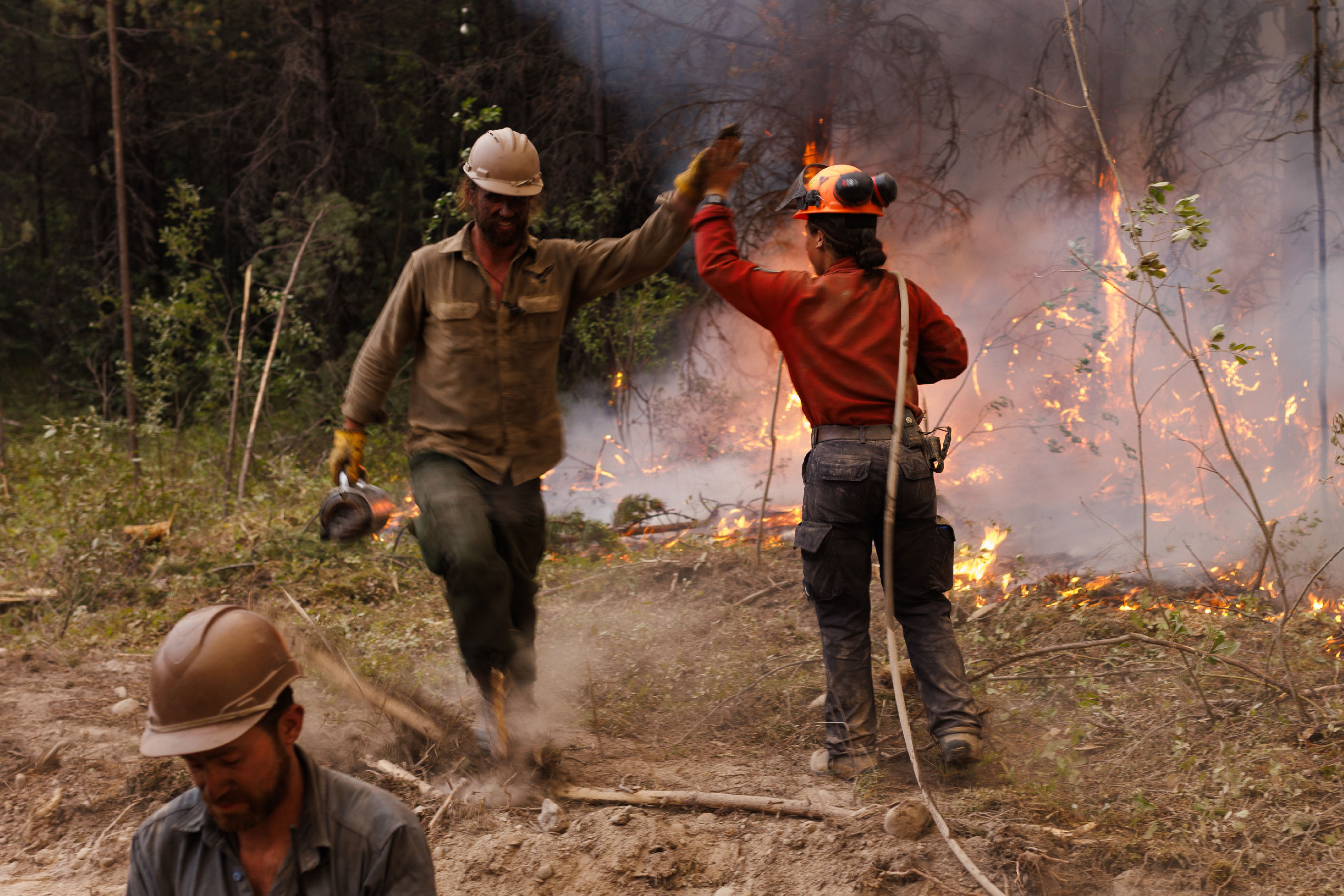
Quantitative research emerging from the U.S. found the prevalence of probable post-traumatic stress disorder for wildland firefighters is 14 per cent, four times greater than for the general population. The same research found less than 50 per cent of those experiencing symptoms had actually been diagnosed — suggesting post-traumatic stress disorder remains under-detected among wildland firefighters.
Tiffany Traverse, who worked eight seasons with BC Wildfire, describes the yearly fire cycle as a “meat grinder.” She resigned after the 2022 season — burnt out, exhausted and grappling with complex post-traumatic stress disorder.
“Even now, I see a storm system coming in, or smoke, and instantly it all comes rushing back,” she says. “I think it’s going to take years for that to disappear.”
Greer, of BC Wildfire, says a cultural shift is needed to ensure firefighters are comfortable pointing out dangerous situations and are better supported in finding solutions.
“When I hear that someone feels unsafe in a zone, I need them to speak up at that time, and I need someone to listen to them when they speak up,” Greer says.
He says the service expanded the size of unit crews from 20 to 22, and initial attack crews from three to four, in part to allow more flexibility when people need to take time off.
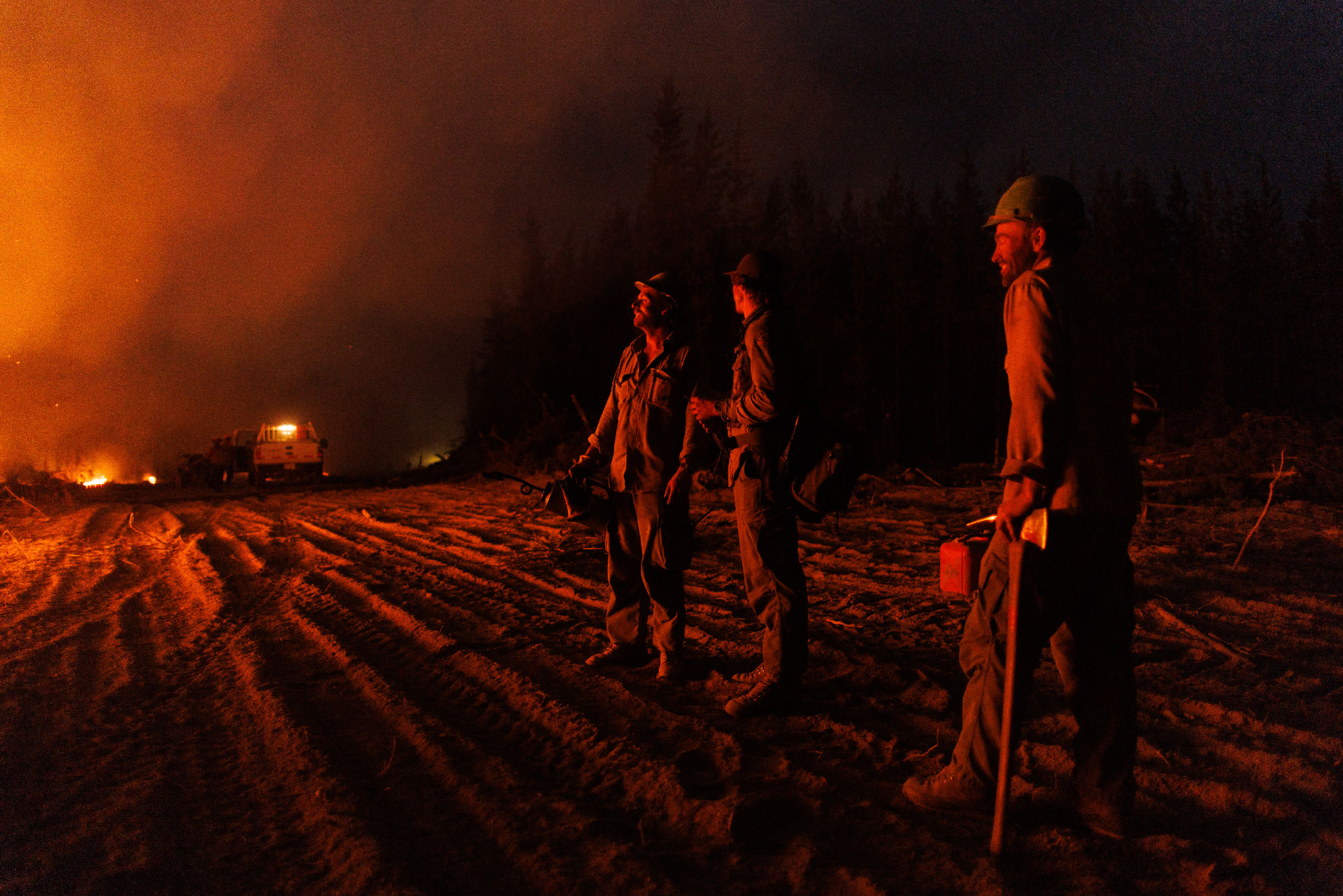
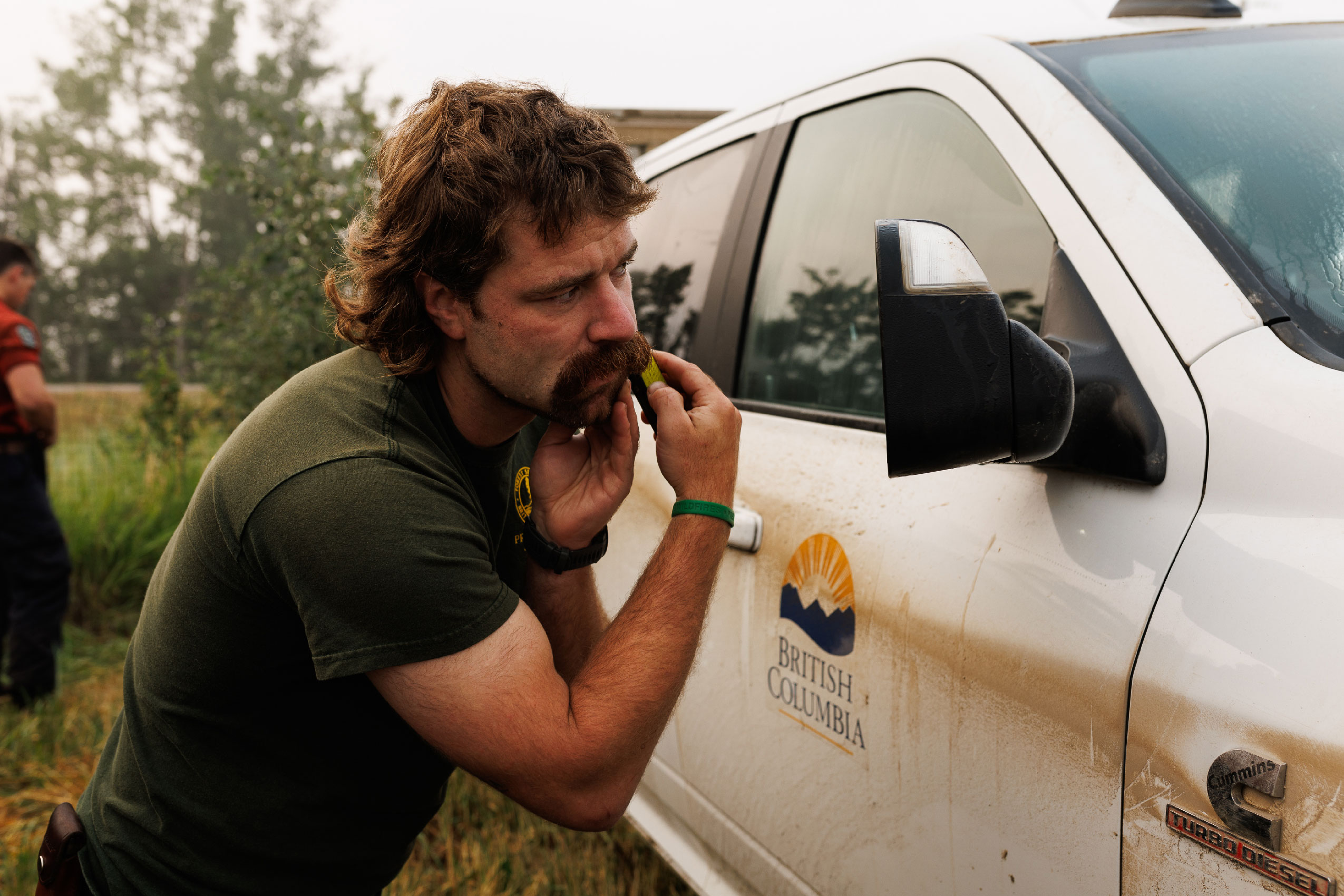

The BC Wildfire Service is also working to become a year-round “all-hazards” response service, meaning more than 700 jobs are now year-round, with permanent benefits and pensions.
Greer says he’s clear-eyed about the road ahead and is working on developing new systems to ensure firefighters see a safe future.
“Yes, there’s challenges, but we’re not driving blind here.”
Greer says starting this fall, seasonal BC Wildfire staff will have year-round access to the same employee and family assistance programs as full-time employees, which includes emergency support, a mental health crisis phone line, counselling services, family support services and financial and legal advice.
Several firefighters The Narwhal spoke with referenced other work the BC Wildfire Service has done to address challenges, including providing some health benefits, shorter shifts, sick days, a mental health awareness training program called ‘Resilient Minds’ and recall rights, meaning seniority for seasonal firefighters when crews are chosen for future seasons. Many said BC Wildfire — while far from perfect — provides more support than Alberta Wildfire.
In Alberta, crews were pushed to work 24-day shifts this year.

“Ideally, we would love to see our deployments only be 18-day stretches,” Story, from Alberta Wildfire, says. “Unfortunately, sometimes they have to go on a touch longer.”
Firefighters in Alberta also lack recall rights, health benefits and sick days. And they face shorter contracts due to budget cuts.
“We recognize that this has been a very unprecedented season and wildland firefighters can face issues ranging from trauma, isolation, lack of social support as well as physical and emotional exhaustion,” Story says.
Alberta Wildfire provides firefighters with mental health debriefing support for specific traumatic events as well as counselling services through a family assistance program, but these services are not available after their contracts are terminated at the end of every fire season.
“Anytime we have unprecedented fire seasons, we go through a seasonal review,” Story says. “We’re always looking to learn and grow and make enhancements to the welfare management program.”
Many of the firefighters The Narwhal spoke with say their concerns often go unheeded, despite efforts to provide constructive feedback to management.
Some described a perceived disconnect between expectations from management and the realities of fighting fires on the ground, particularly in the face of climate change.
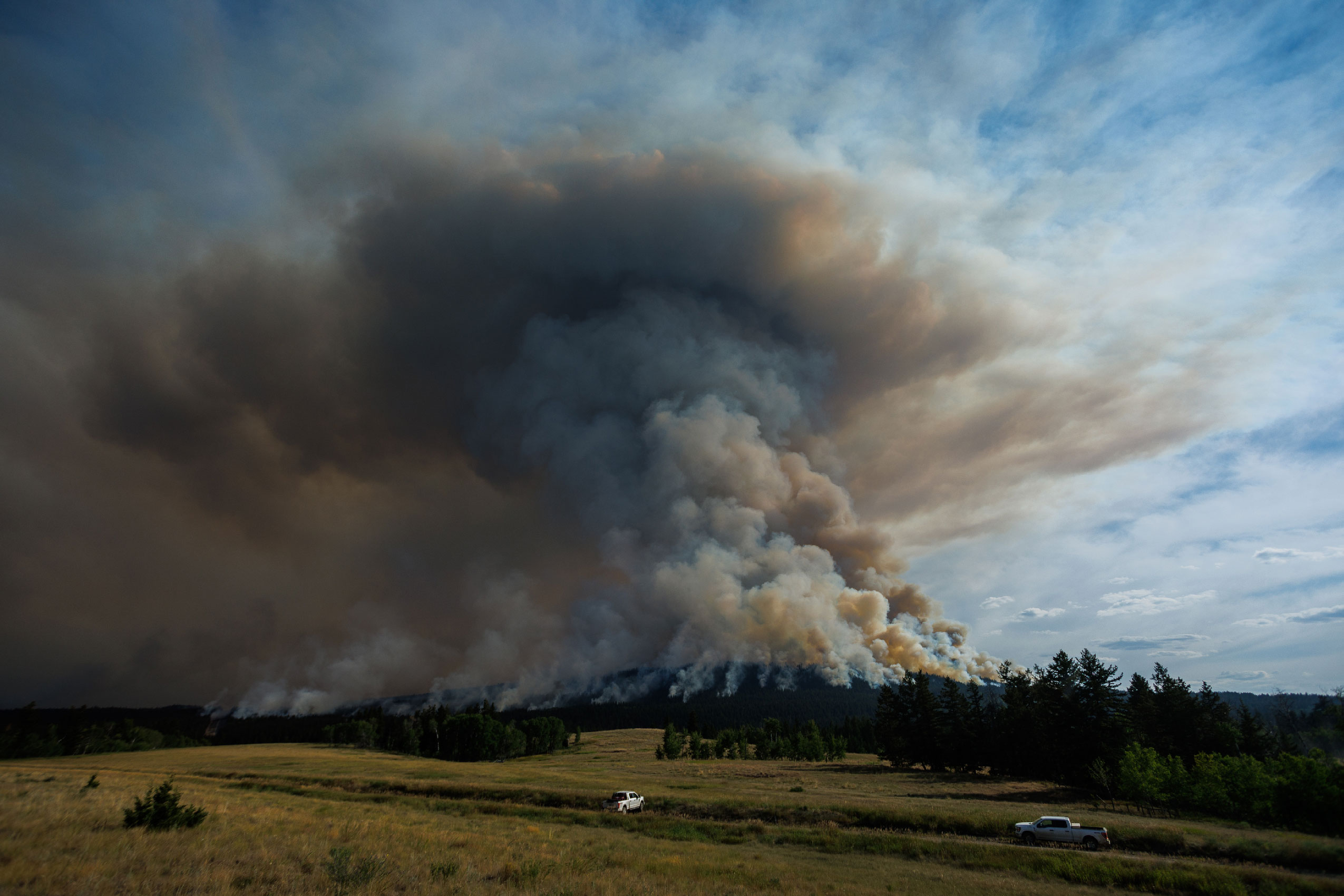
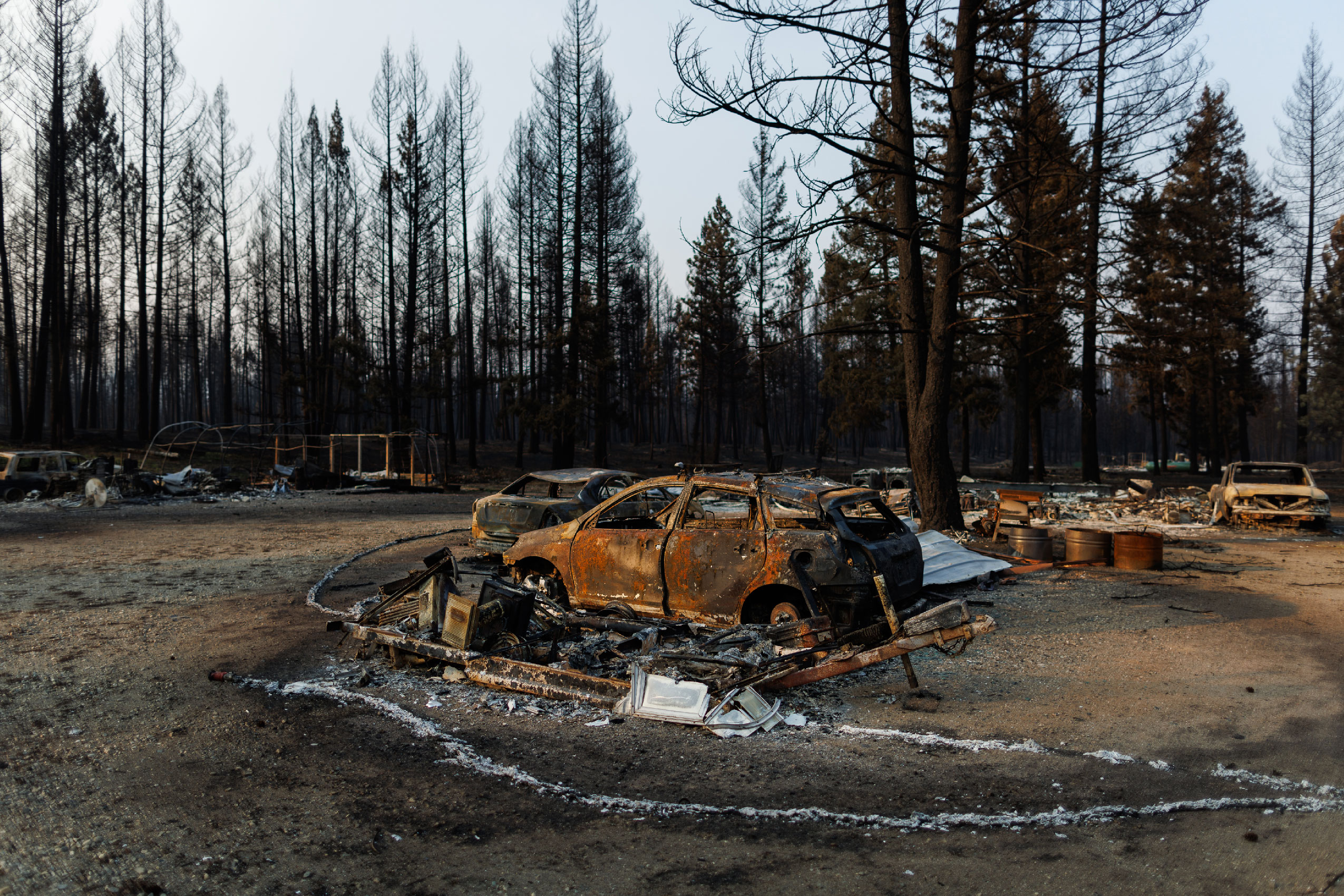
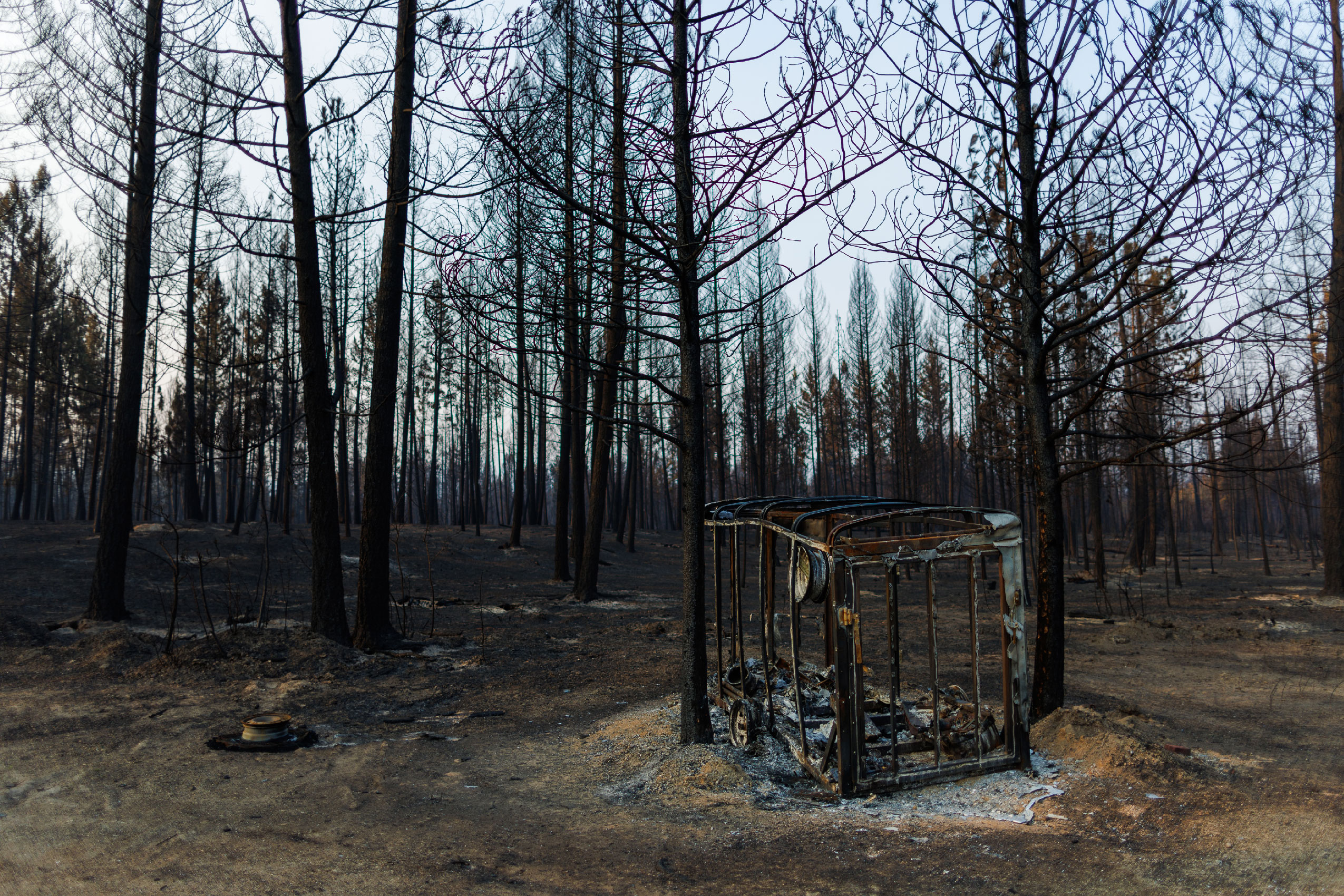
Many superiors cut their teeth at a time when fires were less intense, an eighth-year BC Wildfire firefighter says. “They’ll say ‘Oh, I fought fire for 40 years.’ But if you haven’t fought fire on the ground since 2017, you don’t know what we’re dealing with,” they added.
“We’re dealing with hell.”
Greer disputes the assertion that BC Wildfire leadership isn’t listening to its firefighters.
“We are listening to our crews. We have been out on the line talking to them,” Greer said in an email, adding that many of the concerns highlighted by The Narwhal are not reflective of what he hears when he talks to crews on the ground.
But as climate change continues to fuel bigger, hotter, more dangerous wildfires on the landscape, firefighters like Traverse wonder what it will take to implement real changes to better support those on the frontlines of the crisis.
“It just constantly feels like it’s the crews and employees who are basically picking up the slack of poor practices, planning and old policy that people haven’t looked at in 20 years,” Traverse, who has also worked as an operations officer, says. “What’s the point in doing an after-action report if no one’s going to do anything with that information?”
“Do we have to have more people die by suicide or by getting burnt over? I don’t know what it’s going to take,” Traverse says.
She hopes speaking out will bring awareness to the lack of support for voicing mental health concerns: often, she says, the cultural response is “toughen up” or “be a man.”
A similar sentiment — “stay hard, do the job” — prompted Velisek to take a step back.
“It got on my nerves because you can’t stay hard,” she says. “You have to break down every once in a while because something is too hard.”
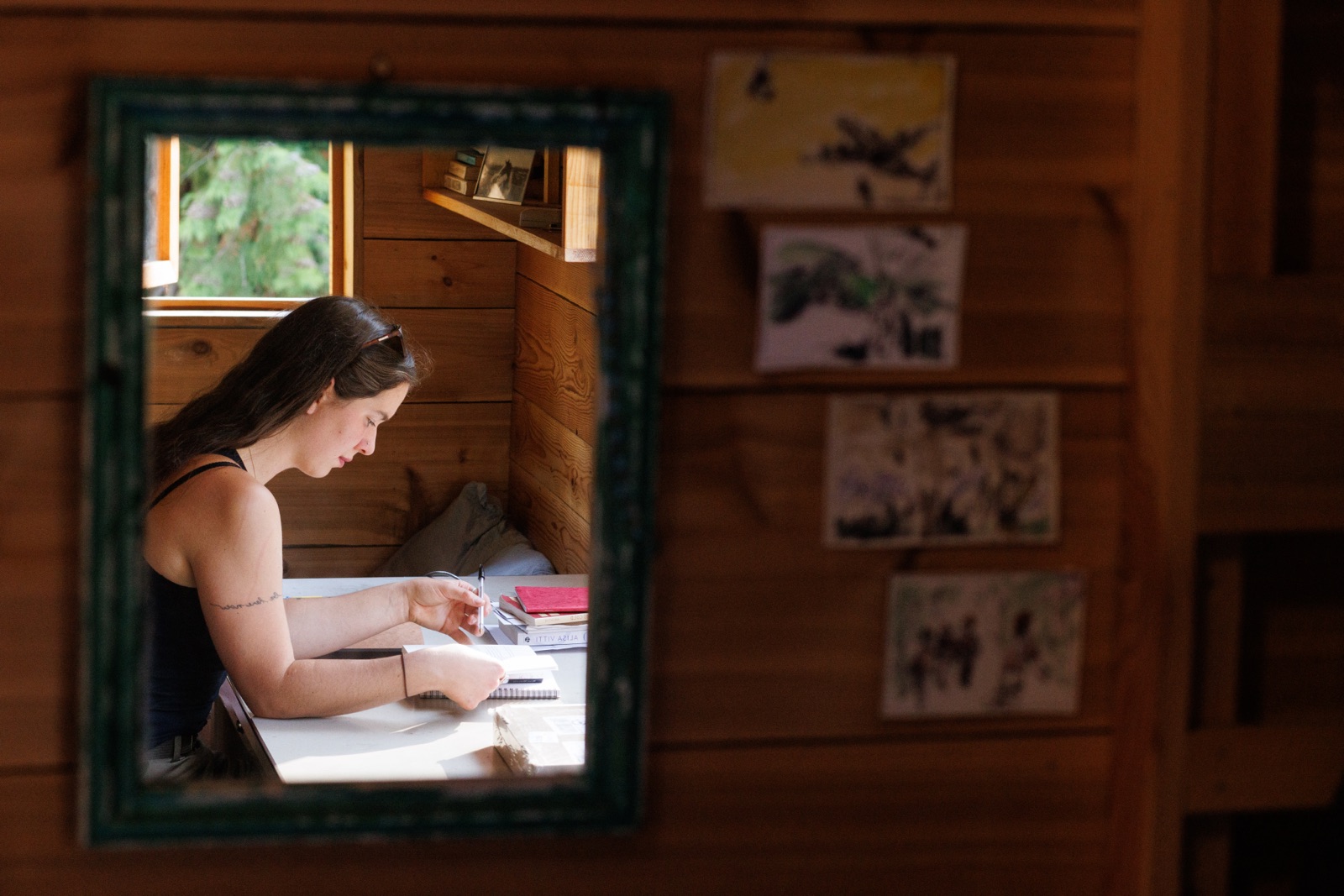
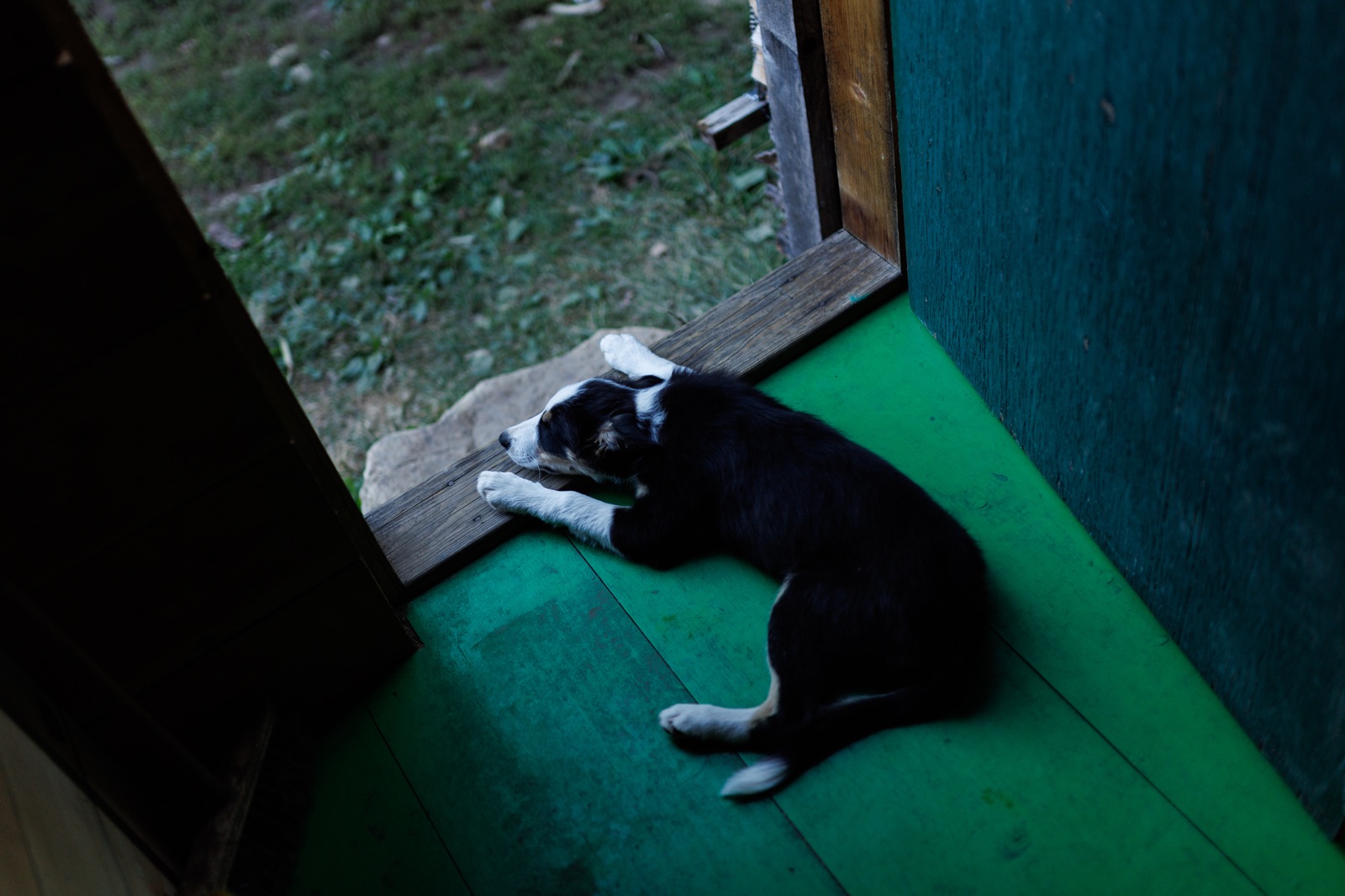
By July, Velisek was physically and mentally exhausted, so she did what many others have contemplated: she quit.
“Maybe it was the trauma from the incidents, but I no longer felt safe being out there,” she says.
Updated Sept. 20, 2023, at 3:00 p.m. PT: This story was updated when The Narwhal learned four firefighters died in a collision on their way home from a deployment near Vanderhoof, B.C.
Updated Sept. 20, 2023, at 5:02 p.m. PT: This piece has been updated to correct a reference to qualitative research that was in fact quantitative. A previous version of this article reported that research out of the U.S. found 14 per cent of wildland firefighters experience post-traumatic stress disorder, four times greater than the general population. But in fact the research found the prevalence of probable post-traumatic stress disorder for wildland firefighters is 14 per cent, four times greater than for the general population.
Updated Sept, 26, 2023, at 2:56 p.m. PT: A previous photo caption described B.C. crews working 16-day shifts all summer. While we heard from firefighters who say their crews were pushed to work some 16-day stretches, a standard deployment for B.C. wildfire workers is 14 days. The caption has therefore been updated.
